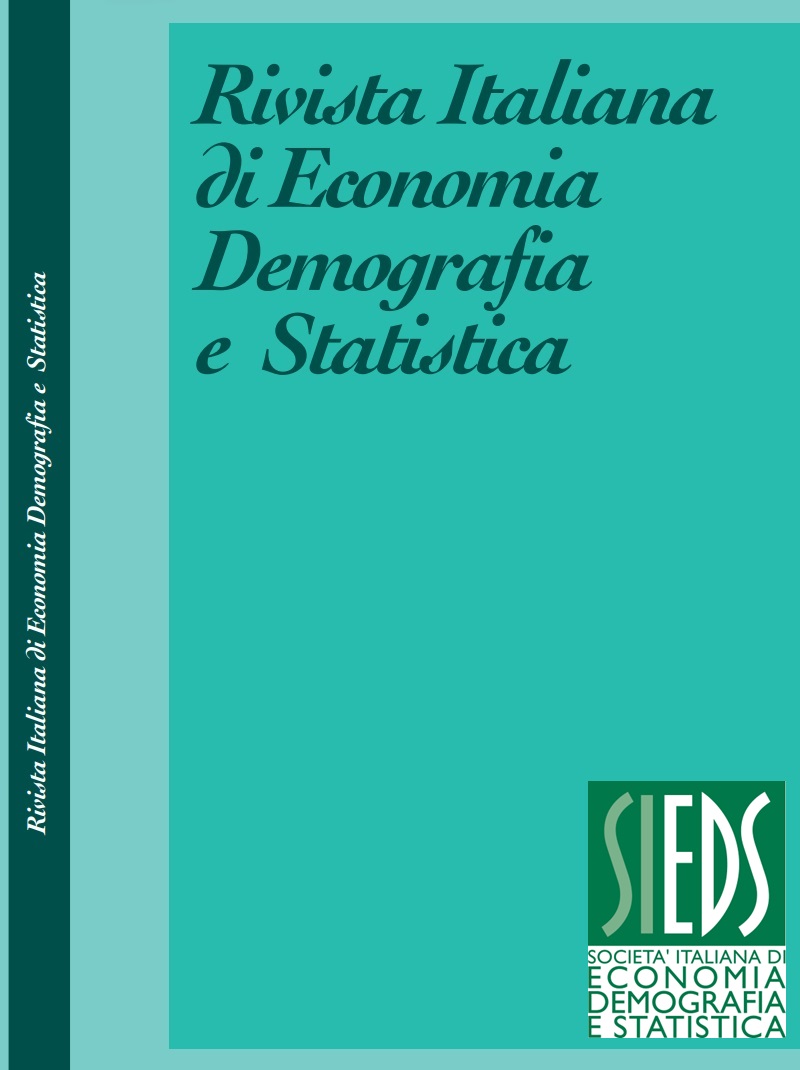Location quotient as a local index of residential segregation. Theoretical and applied aspects
Abstract
The location quotient (LQ), a ratio of ratios, is a widely known geographic index (Isard, 1960). It is used to measure and map relative distributions or relative concentrations of a character in a sub-area compared to the area as a whole (Wheeler, 2005). It has been recently proposed as a local index in the study of residential segregation of foreign population (Apparicio et al., 2008; Benassi et al., 2016). The LQs are particularly useful when applied to a metropolitan area where they allow to identify the spatial units in which a population group is under-represented (LQ<11) or conversely, over-represented (LQ>1). Despite their apparent simplicity, the location quotients present some slippery features this contribution tries to reflect on. This paper examines some different ways to compute the LQs and their results, by using data on residents by citizenship in the metropolitan area of Milan. We analyse and compare the statistical distributions of the LQs of selected foreign population’s groups. Finally, we propose an alternative measure, the Locational Differential Index, to take account of density, conveying the spatial component, absent in location quotients
Downloads
Published
Issue
Section
License
Copyright (c) 2022 Federico Benassi, Massimiliano Crisci, Stefania M.L. Rimoldi

This work is licensed under a Creative Commons Attribution 4.0 International License.



